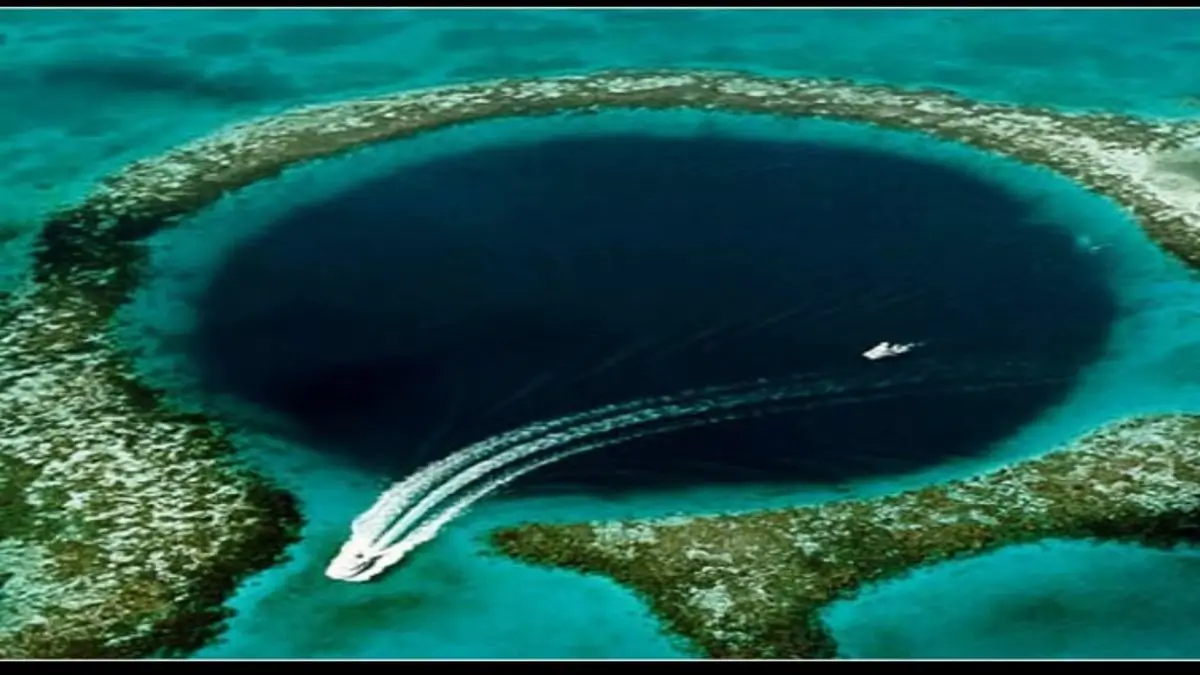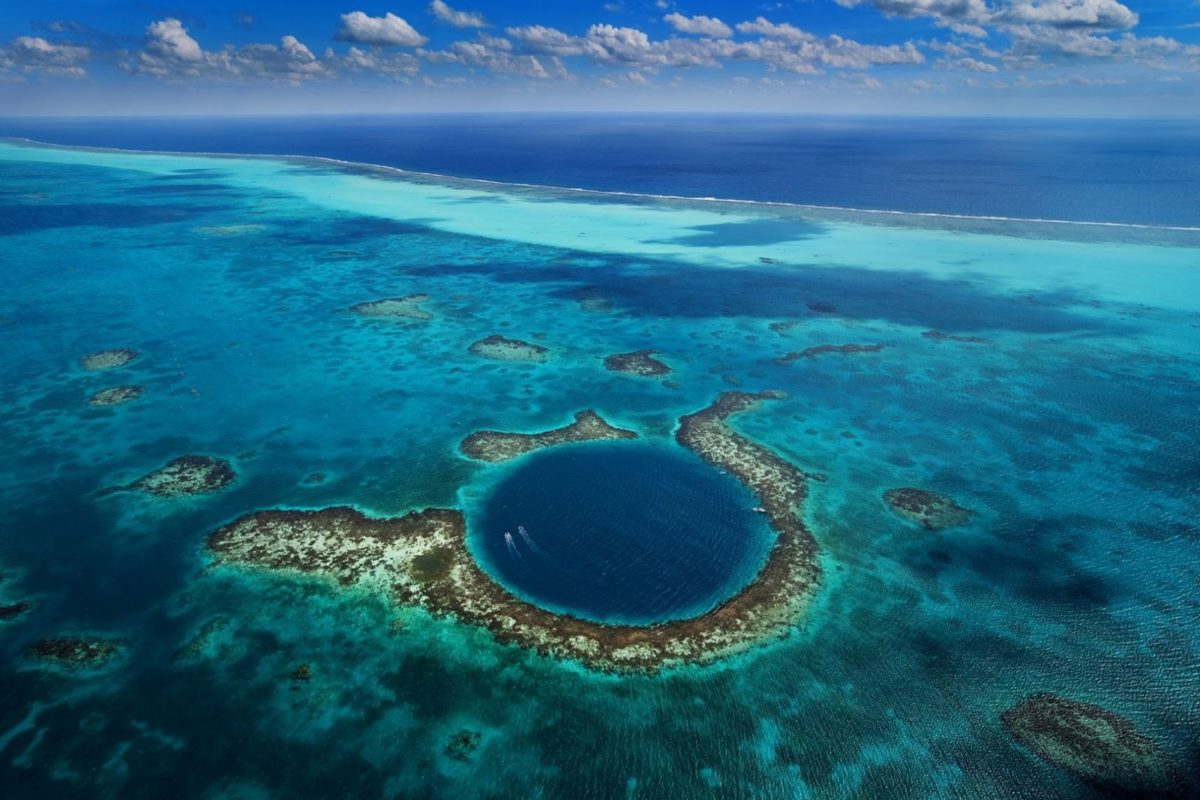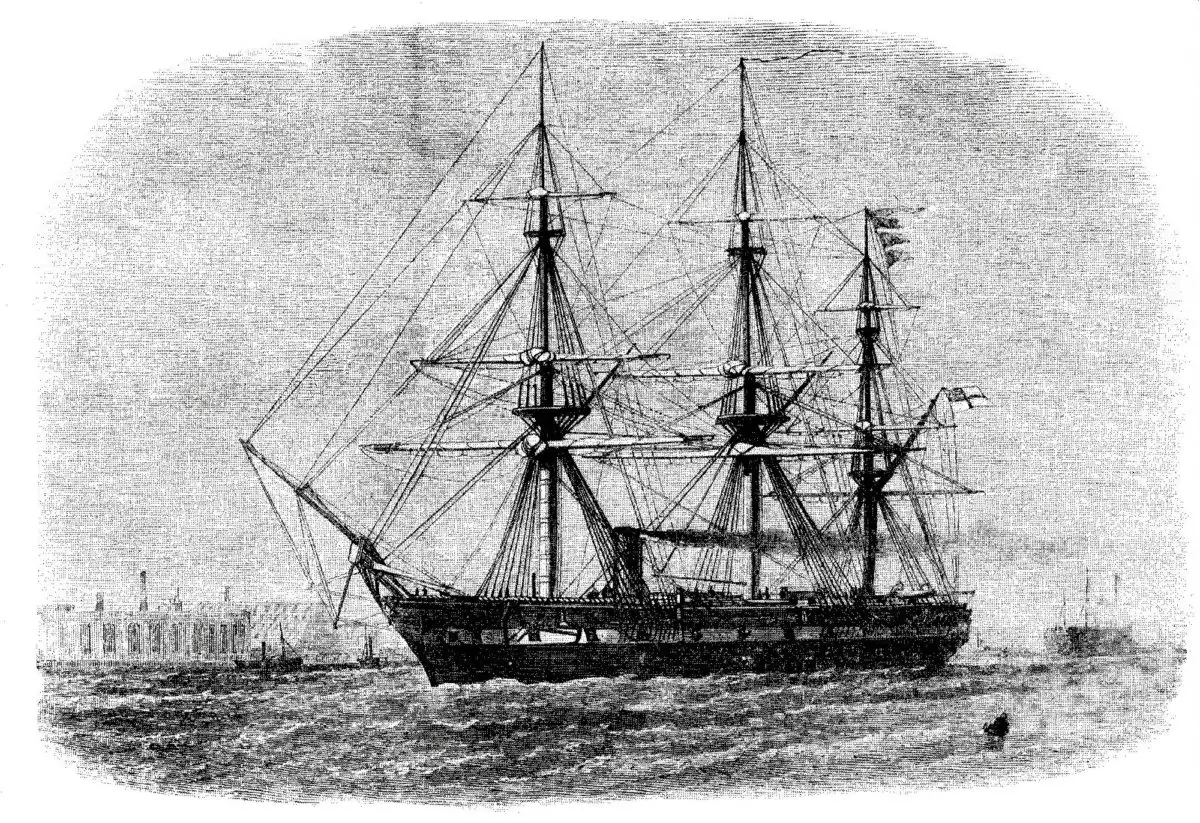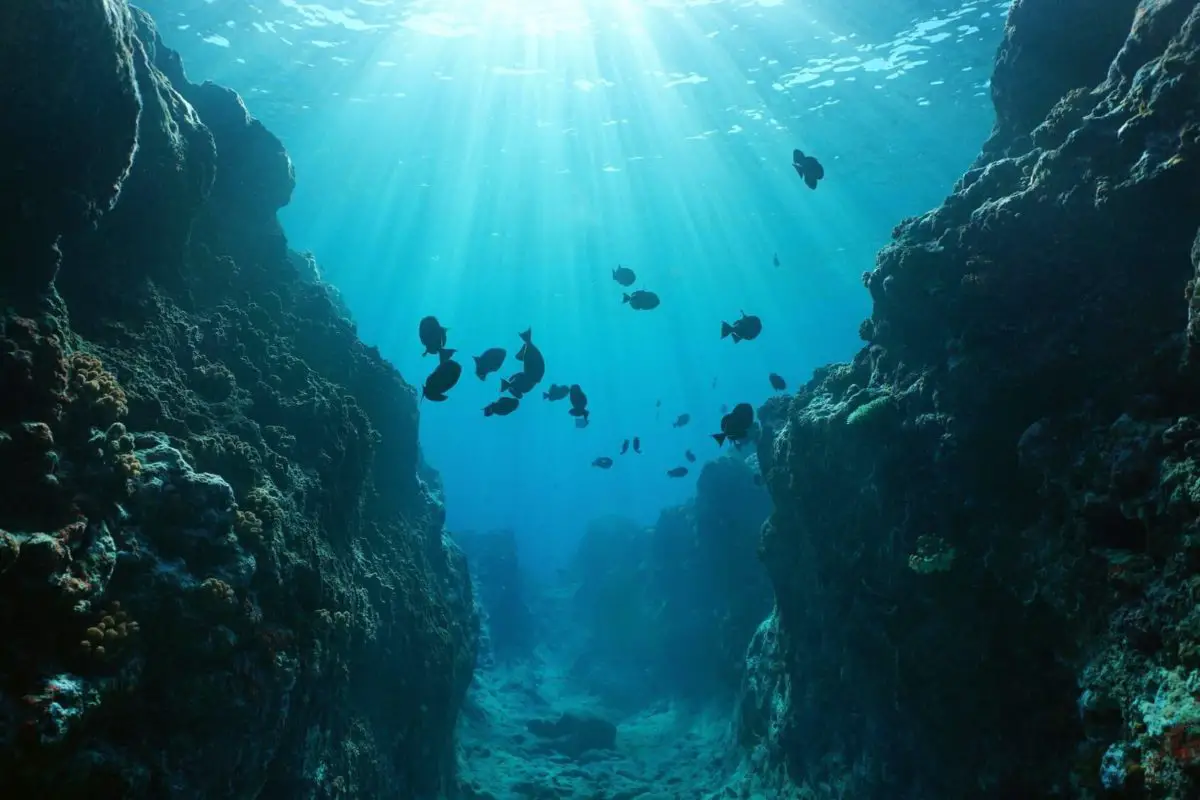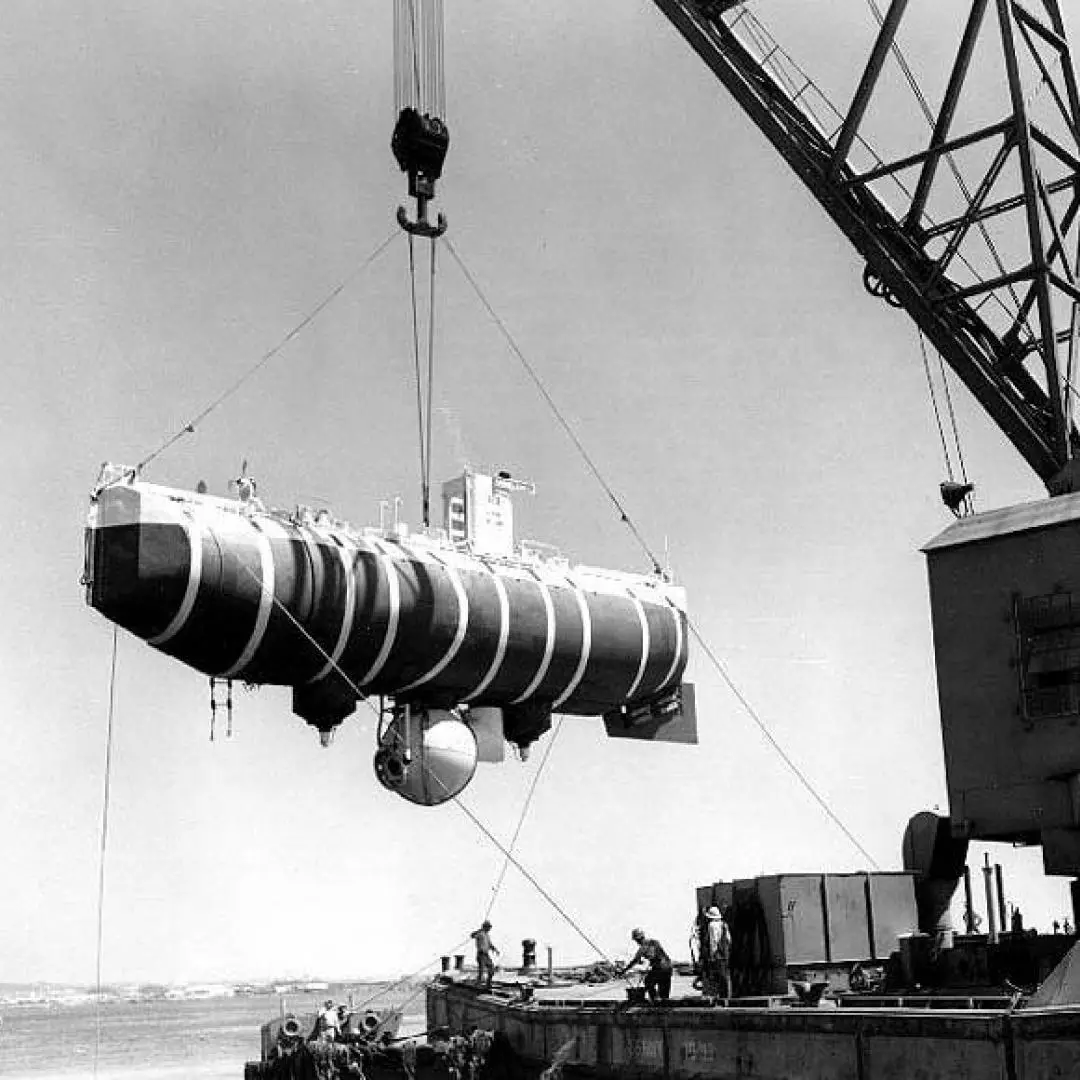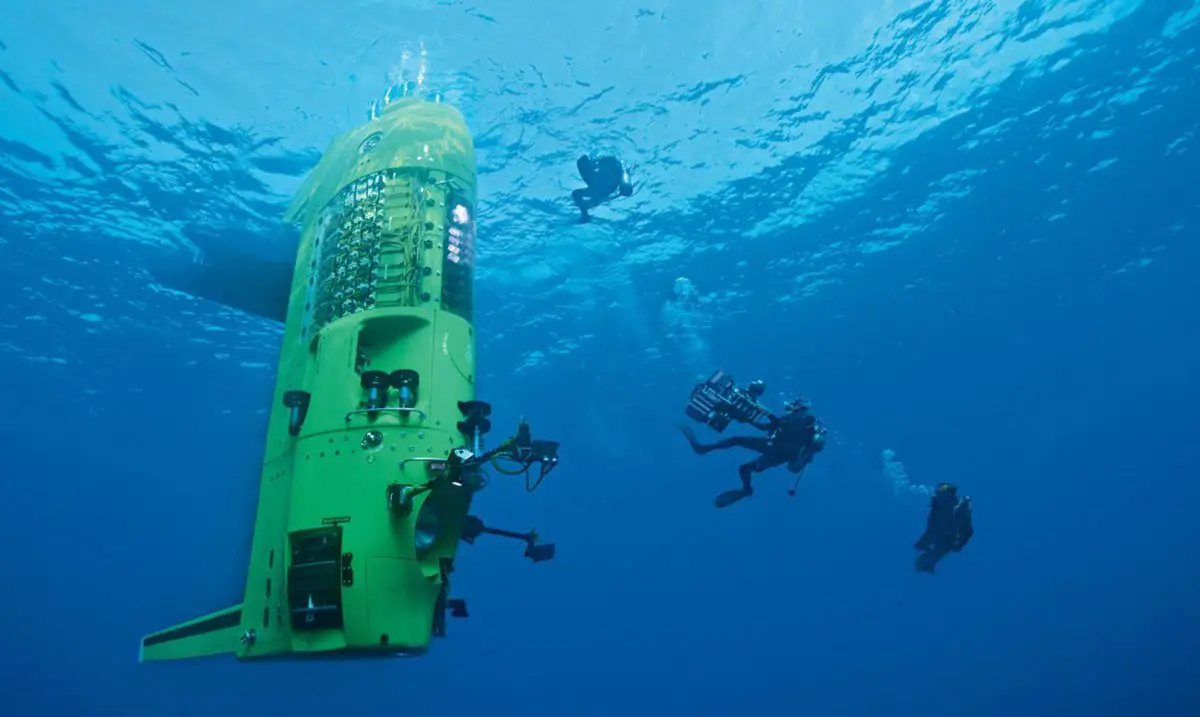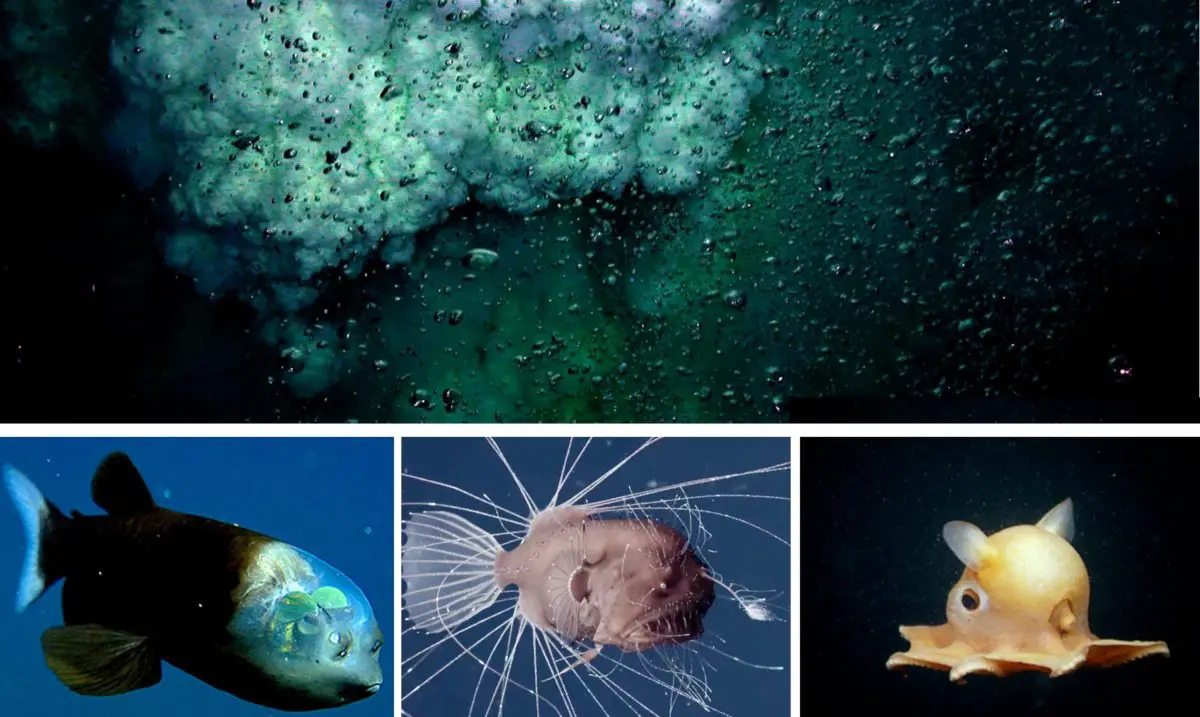Known as the deepest place on earth, the Challenger Rift has been conquered by man and is of unparalleled beauty, home to a number of species found nowhere else on the planet. We invite you to learn more about it.
Indice De Contenido
The deepest point in the ocean: Challenger Deep
That area in the middle of the Pacific Ocean, surrounded by calm and crystal clear sky-blue water, and right in that place there is suddenly a large circle that darkens and becomes very dark blue, there is the Challenger Deep, under its waters there are billions of litres of water that get darker and darker until they become completely black, these waters have always attracted the attention of sailors and scientists, always asking the question: What is the depth of this giant hole?
Challenger Deep, also known as the Challenger Trench or Challenger’s Ridge, is located in the Pacific Ocean south of the Mariana Trench in the approaches to the Mariana Islands, named after the Royal Navy ship that discovered it in 1875, HMS Challenger.
Depth
The Challenger Deep is thought to be the deepest submarine site in the world, with a depth of 10,900 metres. To give an analogy of how deep it is, let’s take the example of Mount Everest, which is 9000 metres high, but inverted to this distance, you would have to add an extra two kilometres to reach the deepest part of the Challenger Deep, which is also 70 kilometres wide.
It has taken a century and a half to determine the depth of the Challenger Deep, since the first scientific exploration in 1860. Here we describe how the depth of the Challenger Deep was measured and the history of these expeditions:
History of the expeditions
In 1860, the Scottish naturalist, professor and expedition leader Charles Wyville Thomson began planning a voyage by ship to study the seafloor in the area of the trench near the Mariana Islands, specifically in the Hadal area.
After a year, and with the support of the Royal Society of London and the Royal Navy, he obtained a ship called the HHM Challenger, which they converted to carry out the oceanographic studies.
The ship was adapted for the expedition, the cannons removed, the masts modified to make the most of the space, laboratories, marine life boats and all the equipment necessary for scientific exploration.
In 1872, the ship set sail with a crew of 243 people, including officers, sailors and scientists, under the command of the capital George Nares and Charles Thomson and William Carpenter as scientific leaders. The purpose of the voyage was to explore the Atlantic, Antarctic, Indian and Pacific Oceans, studying marine life, depths, temperatures, salinity, currents at different times of the year and how these affected the ocean.
The voyage was planned to last 1290 days and each day was to be a scientific achievement, bearing in mind that there was not much information available at the time on the area they wanted to explore.
On 23 March 1875, while carrying out their studies near the Mariana Islands in the Pacific, during their daily work of measuring the depth of this area, in what is now known as Challenger Deep, they drew a line of approximately 8000 metres to the bottom, a situation that had never been encountered before in any of their measurements.
Scientists had discovered the deepest underwater trench at the time, which would come to be known as the Challenger Deep.
Many oceanographers at the time believed that there was no life to be found there, given the deep pressure, cold temperatures, total lack of sunlight and absence of oxygen.
In 1912, another group of scientists and explorers, led by the Scottish-Canadian Sir John Murray, an oceanographer, biologist and marine biologist, decided to resume the studies using the latest technology available at the time, which would help them to determine the depth of the pit and what was happening at so many thousands of metres; this group of specialists estimated the depth of the Challenger Deep to be 9,636 metres.
In 1951, a group of scientists sailed to the site of the trench on a new British Navy ship, named HMS Challenger in honour of the first ship, and using sonar echo studies, were able to make a new and more accurate measurement, which showed a depth of 10,900 metres.
On 23 January 1960, the United States Navy, led by oceanographer Jacques Piccard and Lieutenant Don Walsh, used the Batisfazo, a small submarine capable of withstanding the pressures of the deep, to observe for the first time the environment of the Challenger Deep.
In 2009, a new dive was carried out, but this time on a remotely operated manned vehicle called Nereus, which is completely autonomous and has no connection to the outside world and can dive to a depth of 11,000 metres. This vehicle was used to make videos of the underwater life in the Challenger Deep.
In 2012, the last dive was made by the Canadian James Francis Cameron, famous film director and producer, philanthropist and marine explorer, who dived to the Challenger Abyss at a depth of 10,898 metres using a submersible specially designed for deep water called the Deepsea Challenger, becoming the first human being to descend to this depth alone.
Species that live there
In a trench at a depth of 10,900 metres, one might wonder if there is life in this area, the marine life that lives there is located at an approximate depth of 4000 to 6000 metres, it is a very cold and dark space, with an underwater pressure established as a thousand atmospheres, this is the established measure of marine depth.
The extreme conditions at the site have not allowed a more detailed study of the life that occurs in the Challenger Deep, but despite the expeditions that have managed to descend, it has been possible to identify the following species of underwater animals:
- Sea Devil, described as having a deformed body and terrifying teeth.
- The Goblin Shark, pinkish in colour with viscous yellow-green hues, with a dominant trunk that resembles the prototypical alien.
- Dumbo Octopus, with protruding eyes and elephant-like cartilage ears, is very aggressive and can eat its victim in one piece.
- Dragonfish, transparent head, ugly face, no scales.
- Benthocodon Jellyfish, has 1500 tentacles.
- Eel Shark, has a flattened head and long body, believed to be 80 million years old.
- Telescope Octopus, does not swim like others of its kind, it swims horizontally.
- The Zombie Worm secretes an acid that tears apart the bone structure of its victims and consumes them.
If you enjoyed this article, we invite you to visit the following links:
- Osprey
- Short-toed Eagle
- Griffon Vulture

